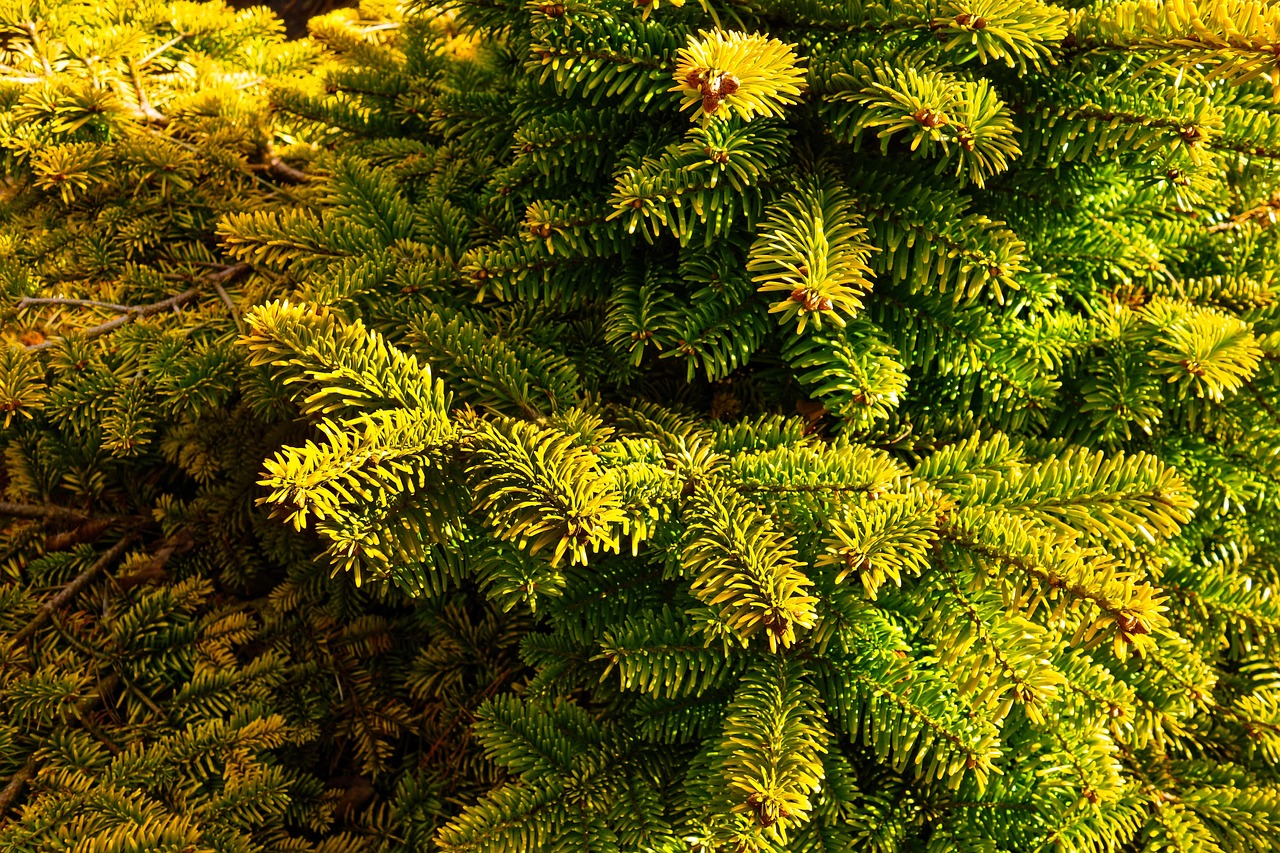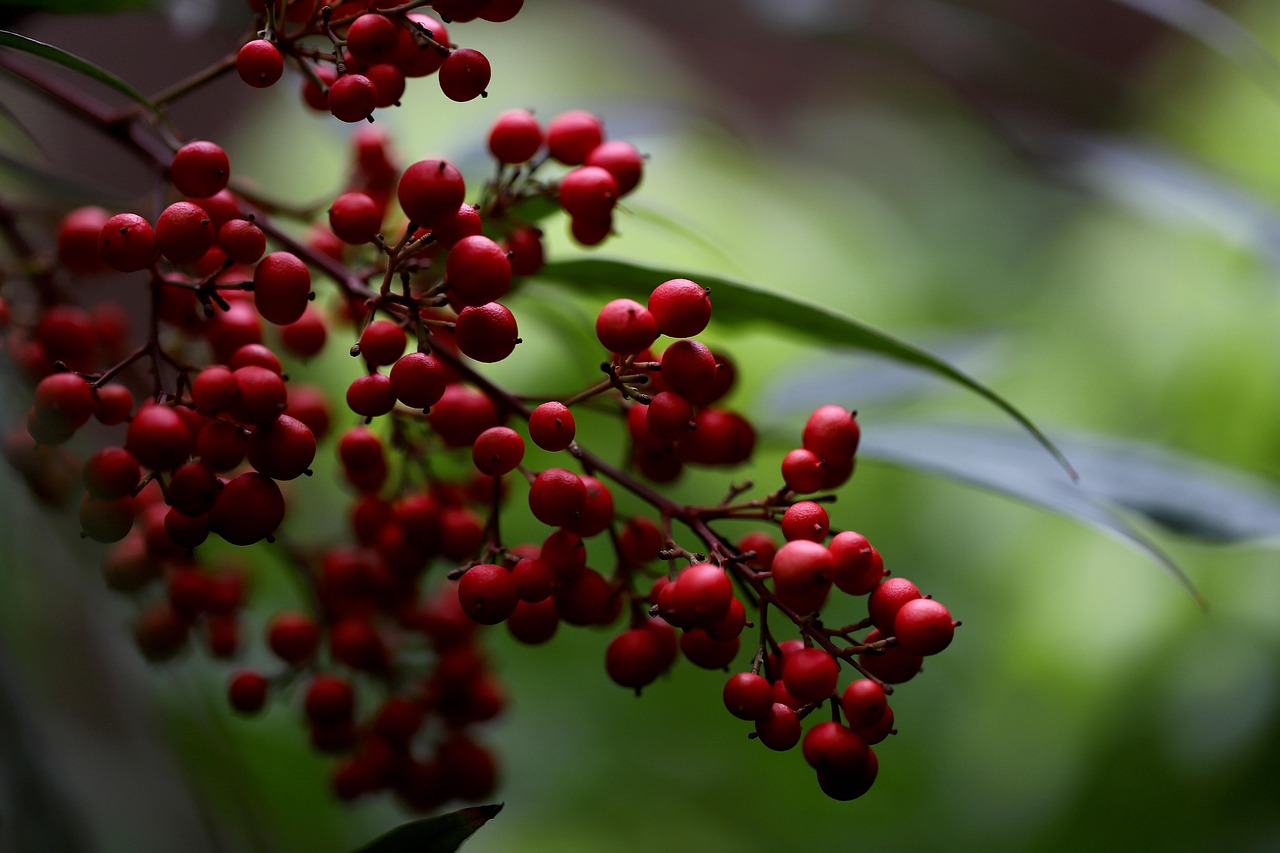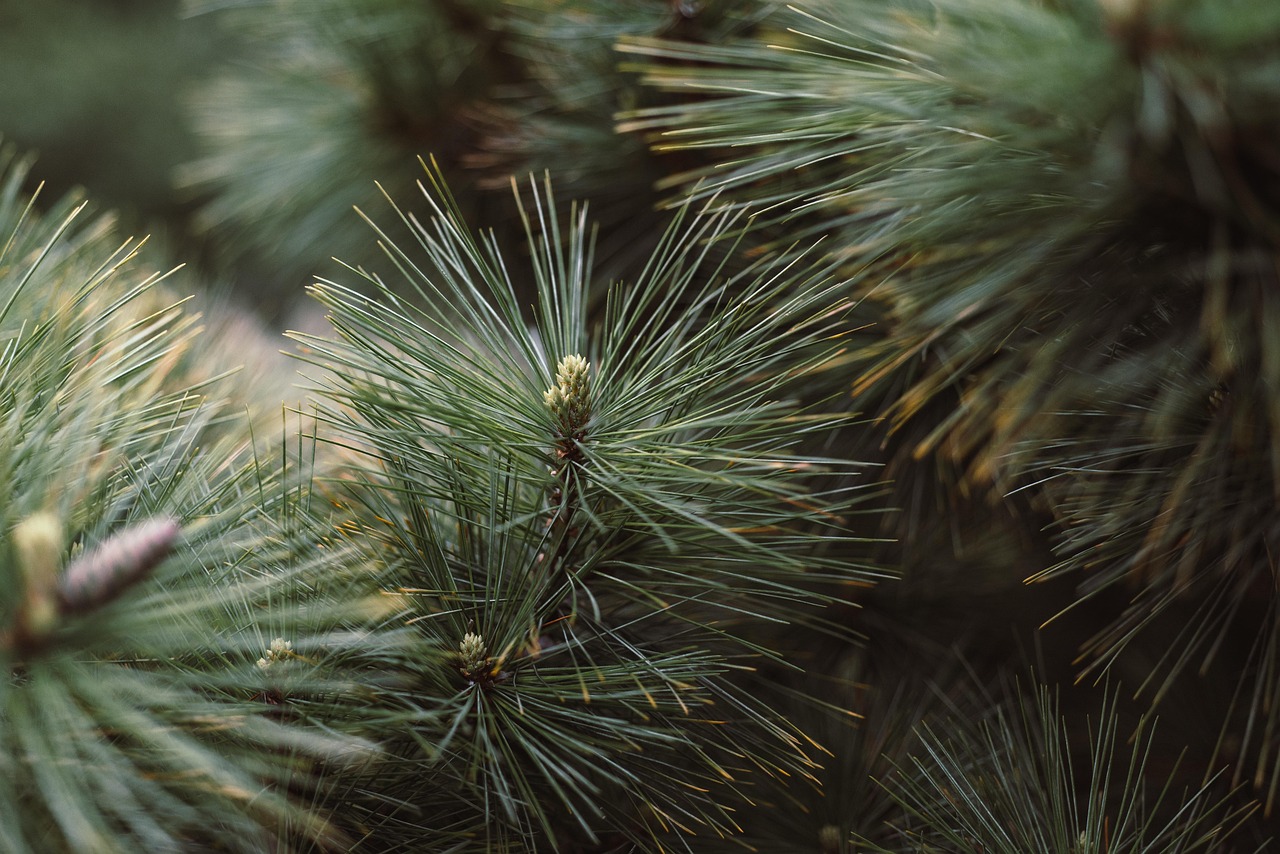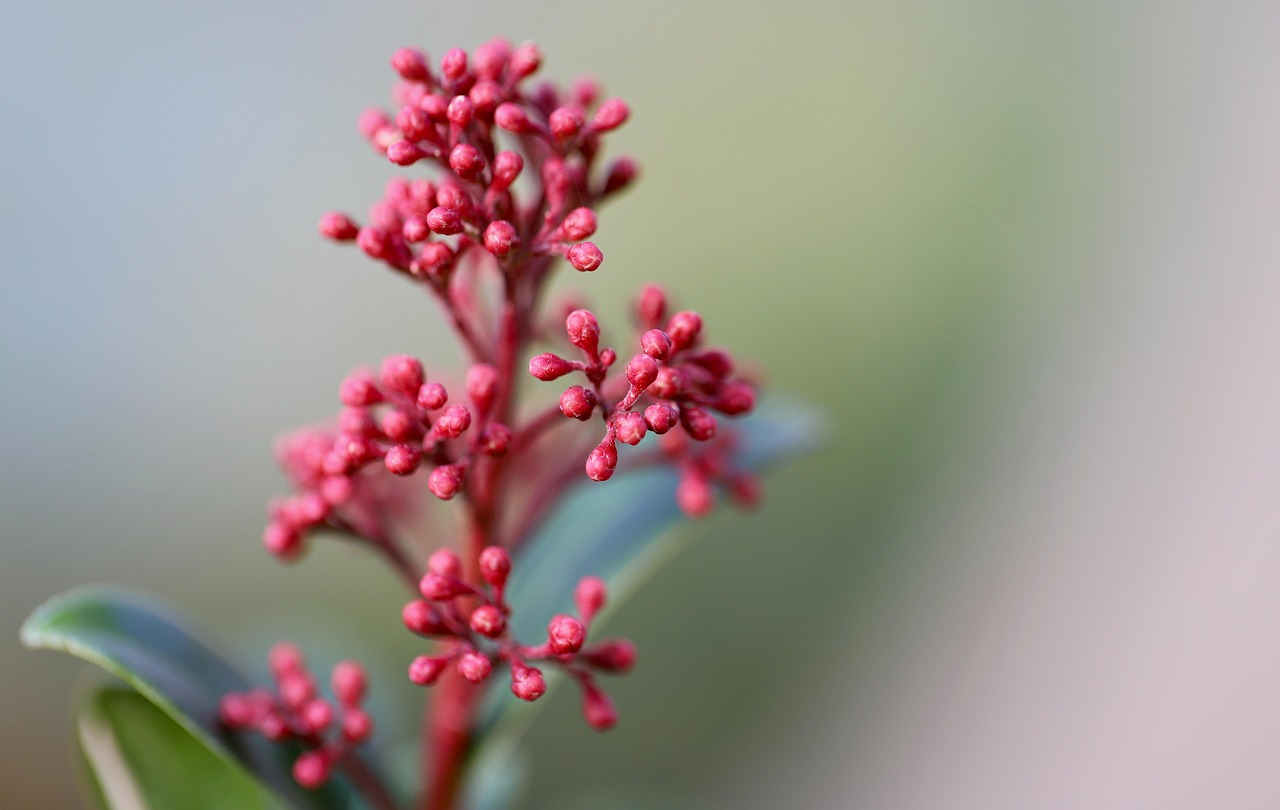Small dwarf evergreen shrubs are a delightful addition to any garden. Their compact size and year-round greenery make them ideal for various landscaping needs. Whether you have a small garden, a patio, or even a balcony, these tiny plants can provide lush foliage and vibrant color. In this article, we will explore the characteristics, benefits, and popular varieties of dwarf evergreen shrubs.
Evergreen shrubs retain their leaves throughout the year, making them an excellent choice for year-round visual interest. Dwarf varieties are particularly appealing due to their manageable size. They can fit into tight spaces and enhance the aesthetic appeal of your garden without overwhelming it. These plants are not only decorative but also functional, serving as ground cover, borders, or even as low hedges.

One of the key benefits of small dwarf evergreen shrubs is their low maintenance requirements. Once established, many of these plants require minimal care. This makes them perfect for busy gardeners or those who prefer a more hands-off approach to gardening. Additionally, their hardy nature allows them to thrive in various climates and soil types.
Characteristics of Dwarf Evergreen Shrubs
Dwarf evergreen shrubs come in a variety of shapes, colors, and textures. They range from compact globes to spreading ground covers. Their foliage can vary from bright green to deep blue and even golden hues. The versatility of these plants allows gardeners to create diverse landscapes.
Here are some common characteristics of dwarf evergreen shrubs:
- Size: Typically, these plants grow to a height of 1 to 3 feet.
- Foliage: Leaves remain on the plant throughout the year.
- Growth Habit: Many have a dense growth habit, providing excellent coverage.
- Flowers: Some varieties produce small flowers, while others focus on foliage appeal.
- Hardiness: Many dwarf evergreens are hardy in various USDA zones.
The adaptability of these shrubs makes them suitable for multiple types of garden designs. They can complement modern, traditional, or cottage-style gardens effortlessly.
When considering dwarf evergreen shrubs for your garden, it’s essential to look at their growth requirements. Factors like sunlight exposure, soil type, and water needs can influence their success. Here is a simple comparison table of popular dwarf evergreen shrubs:
| Shrub Variety | Height | Sunlight Needs | USDA Hardiness Zone |
|---|---|---|---|
| Boxwood (Buxus spp.) | 1-3 feet | Full sun to partial shade | 5-9 |
| Dwarf Alberta Spruce (Picea glauca ‘Conica’) | 3-6 feet | Full sun | 3-8 |
| Creeping Juniper (Juniperus horizontalis) | 1-2 feet | Full sun | 3-9 |
| Japanese Holly (Ilex crenata) | 1-4 feet | Partial shade to full sun | 5-9 |
| Dwarf Mugo Pine (Pinus mugo var. pumilio) | 1-3 feet | Full sun | 3-7 |
This table outlines some popular choices that can thrive in various conditions while providing ample beauty and utility to your landscape. As you consider which shrubs to incorporate into your garden, think about how they will fit into your overall design theme and maintenance capacity.
Dwarf evergreen shrubs not only provide year-round greenery but also enhance the structure and form of your garden. With careful selection and placement, they can create stunning visual interest that lasts through the seasons.
Choosing the Right Location for Dwarf Evergreen Shrubs
Selecting the right location for dwarf evergreen shrubs is crucial to their success. These plants require specific conditions to thrive, and understanding their needs can lead to a vibrant and healthy garden. Here are some key factors to consider when choosing a location:
- Sunlight: Most dwarf evergreens prefer full sun to partial shade. It’s essential to observe how much sunlight your chosen spot receives throughout the day.
- Soil Type: Well-draining soil is vital for the health of these shrubs. Avoid areas where water tends to pool after rain.
- Space: Ensure there is enough space for the shrubs to grow to their full size. Overcrowding can lead to poor air circulation and increased disease risk.
- Protection: Consider placing shrubs in locations that offer some protection from harsh winds, which can damage foliage and hinder growth.
By taking these factors into account, you can create an environment that supports healthy growth and maximizes the aesthetic appeal of your landscape.
Popular Uses for Dwarf Evergreen Shrubs

Dwarf evergreen shrubs can serve various purposes in garden design. Their versatility makes them suitable for many applications. Below are some of the most popular uses:
- Boundary Markers: Dwarf shrubs can be used to define garden beds or pathways. Their compact structure allows for clean lines without overwhelming the space.
- Foundation Planting: Planting dwarf evergreens near the foundation of a home adds greenery and softness to hardscapes, enhancing curb appeal.
- Container Gardening: These shrubs thrive in pots, making them perfect for patios, balconies, or entryways, where space is limited.
- Ground Cover: Certain dwarf varieties spread out, providing excellent ground cover that suppresses weeds while offering visual interest.
- Mixed Borders: Incorporating dwarf evergreens into mixed borders adds structure and year-round greenery, complementing flowering plants and other seasonal favorites.
Each of these uses showcases the flexibility of dwarf evergreen shrubs in enhancing garden aesthetics and functionality.
Watering and Maintenance Needs

Caring for dwarf evergreen shrubs involves understanding their watering and maintenance requirements. While these plants are hardy, they do need attention, especially during their establishment phase. Here are some maintenance tips:
Watering
Proper watering is essential for the health of dwarf evergreens. Here’s how to ensure they receive adequate moisture:
- Initial Watering: Water thoroughly after planting. This helps establish roots.
- Regular Checks: Check the soil moisture regularly. Water when the top inch of soil feels dry.
- Avoid Overwatering: Too much water can lead to root rot. Ensure good drainage in pots and garden beds.
Fertilization
Dwarf evergreens usually do not require heavy fertilization. However, a light application of fertilizer in early spring can promote healthy growth. Use a balanced, slow-release fertilizer suitable for evergreens.

Pruning
Pruning helps maintain the desired shape and encourages bushier growth. Here are some pruning tips:
- Timing: The best time to prune is in late winter or early spring before new growth begins.
- Technique: Use sharp, clean shears to make clean cuts. Remove dead or diseased branches as needed.
- Avoid Heavy Pruning: Since these are slow-growing shrubs, avoid cutting back too much, as it can hinder their natural form.
By following these watering and maintenance guidelines, you can ensure your dwarf evergreen shrubs remain vibrant and healthy throughout the seasons.
Common Pests and Diseases
Dwarf evergreen shrubs, while generally hardy, can be susceptible to certain pests and diseases. Being aware of these issues will help you manage them effectively, ensuring the health and longevity of your plants. Below are some common pests and diseases that may affect dwarf evergreens:
Pests
Several pests can pose a threat to dwarf evergreen shrubs. Here are some of the most common:
- Aphids: These small, sap-sucking insects can weaken plants by feeding on their sap. They often congregate on new growth and can lead to leaf curling.
- Spider Mites: These tiny arachnids thrive in dry conditions. They can cause stippling on leaves and create fine webbing, indicating an infestation.
- Scale Insects: These pests attach themselves to stems and leaves, sucking out sap. Their presence may appear as sticky residue on foliage.
- Whiteflies: Similar to aphids, whiteflies feed on plant sap and can transmit diseases. They also leave behind a sticky residue.
Regular monitoring of your plants can help catch these pests early, allowing for prompt action to mitigate damage.
Diseases
Dwarf evergreens can also be affected by various diseases. Here are some common ones to watch for:
- Root Rot: This disease is often caused by overwatering or poor drainage. It results in wilting and yellowing foliage. To prevent it, ensure proper watering practices.
- Needle Cast: This fungal disease affects conifers, causing the needles to turn brown and drop prematurely. Good air circulation and avoiding overhead watering can help prevent it.
- Phytophthora Blight: This is a soil-borne fungus that causes browning of leaves and stem rot. It thrives in wet conditions, making drainage critical.
If you notice symptoms of any disease, it’s essential to act quickly. Removing affected areas and improving care practices can help control the spread.
Winter Care for Dwarf Evergreen Shrubs
Winter can be a challenging time for many plants, including dwarf evergreen shrubs. However, with proper care, these shrubs can withstand cold temperatures and maintain their beauty through the winter months. Here are some winter care tips:
Mulching
Applying a layer of mulch around the base of dwarf evergreens helps insulate the roots during winter. This practice prevents soil temperature fluctuations and reduces the risk of frost heaving. Here’s how to mulch effectively:
- Material: Use organic mulch such as wood chips or bark, which breaks down over time and enriches the soil.
- Depth: Apply a 2-3 inch layer of mulch around the base, keeping it away from the stems to avoid rot.
- Timing: Mulch in late fall before the ground freezes for optimal protection.
Watering Before Freeze
Giving your dwarf evergreens a thorough watering before the ground freezes can help them endure winter stress. Ensure that they are well-hydrated going into the colder months.
Protection from Heavy Snow
If heavy snowfall is expected, gently brush off excess snow from branches to prevent breakage. Avoid shaking branches violently, as this may cause more harm than good.
By implementing these winter care strategies, you can help your dwarf evergreen shrubs thrive even in the coldest months, ensuring they remain a vibrant part of your landscape come spring.
Creative Landscaping Ideas with Dwarf Evergreen Shrubs
Dwarf evergreen shrubs can serve as the backbone of various landscaping designs. Their versatility allows gardeners to use them in innovative ways, creating unique outdoor spaces. Here are some creative ideas on how to incorporate these shrubs into your landscaping:
Rock Gardens
Rock gardens are an excellent way to showcase dwarf evergreens. These plants can thrive in rocky, well-drained soil. By placing them among strategically arranged stones, you create a natural-looking landscape that requires minimal maintenance.
Zen Gardens
For those seeking tranquility, dwarf evergreens fit perfectly in zen gardens. Their subdued colors and textures can complement gravel, sand, and larger rocks, creating a serene environment for relaxation.
Seasonal Displays
Combine dwarf evergreens with seasonal flowers for a dynamic display throughout the year. For example, pairing wintergreen shrubs with spring blooms can provide visual interest as the seasons change. Consider the following:
- Spring: Use tulips or daffodils alongside dwarf evergreens for vibrant colors as they bloom.
- Summer: Introduce colorful annuals or perennials that will contrast beautifully against the dark foliage of evergreens.
- Fall: Mums can add bursts of color before winter sets in, enhancing the evergreen backdrop.
Trellises and Arbors
Dwarf evergreens can be used to frame entryways or pathways when planted alongside trellises and arbors. This combination adds depth and creates a welcoming atmosphere. As climbing plants grow over the structure, the evergreens provide a sturdy base and visual continuity.
Final Thoughts
Dwarf evergreen shrubs are more than just small plants; they are versatile, low-maintenance options that bring year-round beauty to any landscape. Their adaptability makes them suitable for various garden styles, from formal designs to more relaxed, naturalistic settings. By understanding their needs regarding sunlight, soil, and water, gardeners can ensure these shrubs thrive.
Incorporating dwarf evergreens into your garden provides numerous benefits, such as creating visual interest, serving functional purposes, and requiring minimal upkeep. From enhancing curb appeal to offering seasonal beauty, these shrubs can transform any outdoor space.
Whether you wish to create a rock garden, zen retreat, or seasonal display, dwarf evergreen shrubs can play a crucial role in your landscaping vision. With proper care and thoughtful placement, these tiny packages of greenery will flourish and contribute to a vibrant landscape for years to come.
As you embark on your gardening journey with dwarf evergreens, remember that each plant adds its unique charm to your outdoor environment. Embrace the creativity they inspire and enjoy the beauty they bring throughout the seasons.
